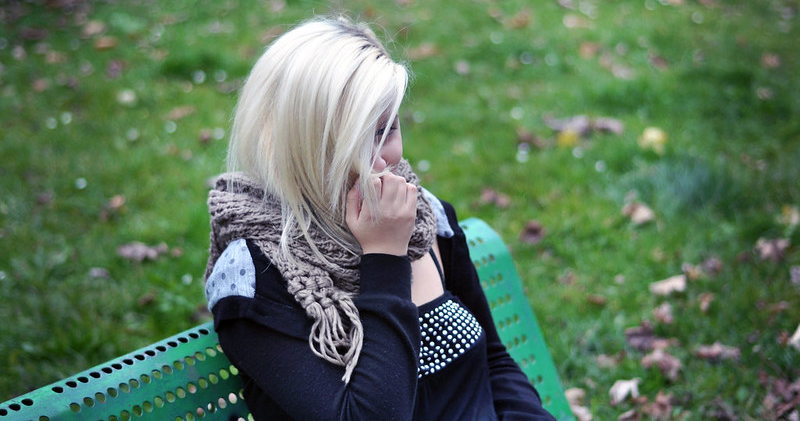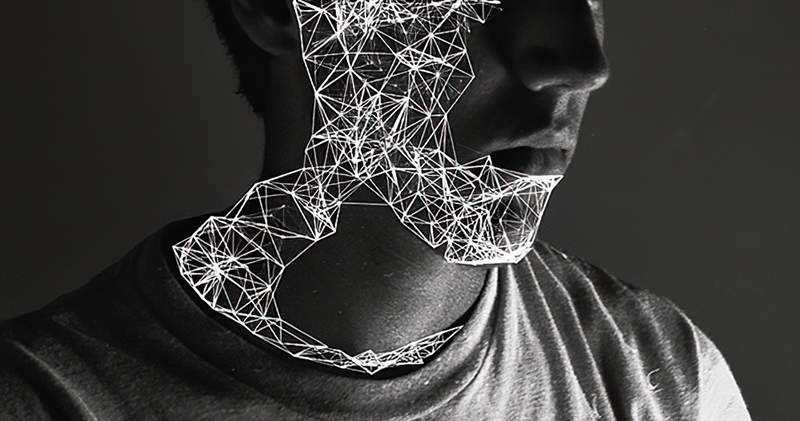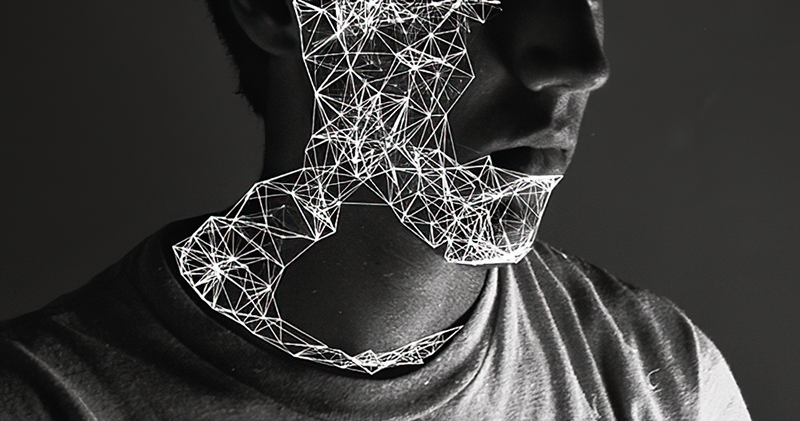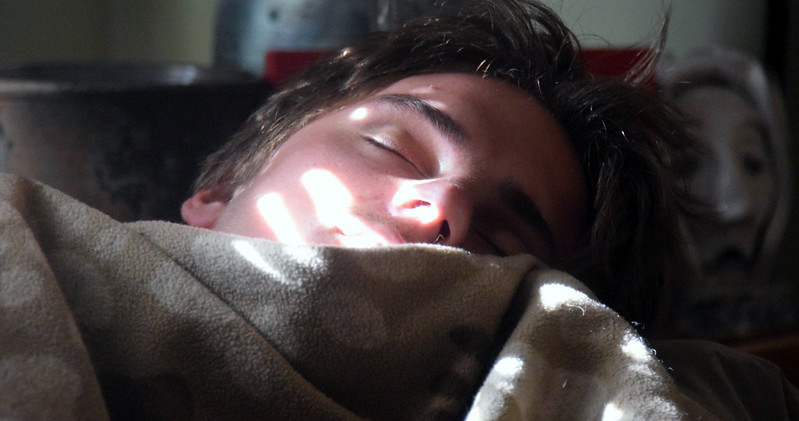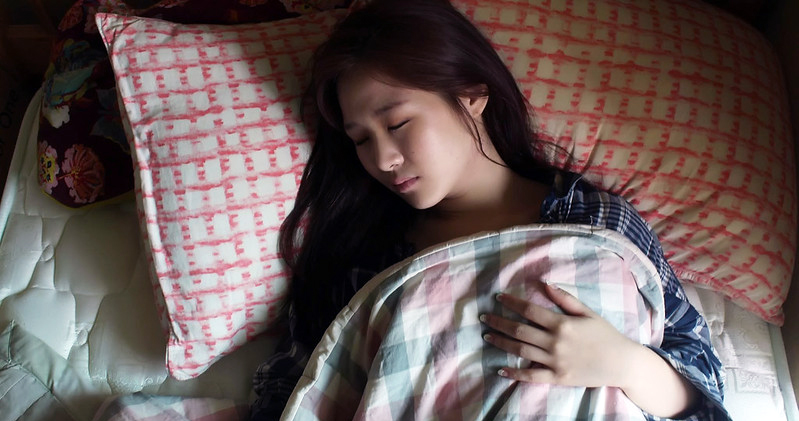Evaluation
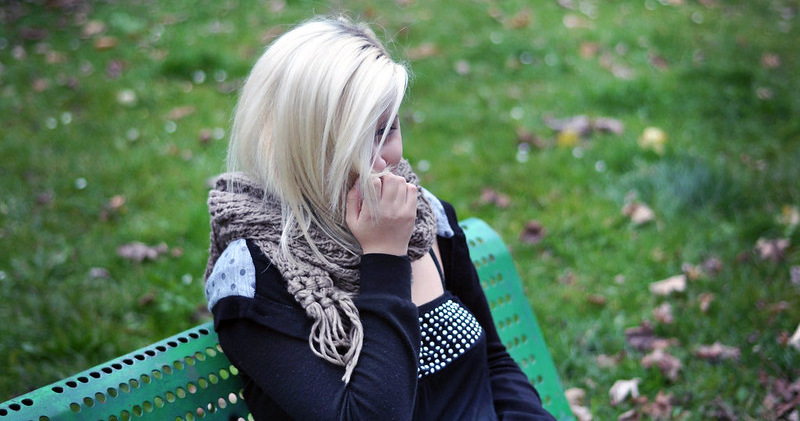
“All the information contained in this section is for guidance only. Psious environments are therapy supporting tools that must be used by the healthcare professional within an evaluation and intervention process designed according to the characteristics and needs of the user.
Also remember that you have the General Clinical Guide in which you have more information on how to adapt psychological intervention techniques (exposure, systematic desensitization, cognitive restructuring, chip economy…) to Psious environments.”
Somatic disorders Evaluation
In this section we propose different strategies and tools on how to evaluate somatic disorders
OBJECTIVES
- The patient has one or more somatic symptoms — for example, pain or fatigue — that are distressing or cause problems in his/her daily life
- The patient has excessive and persistent thoughts about the seriousness of the symptoms, The patient has a persistently high level of anxiety about health or symptoms, or devote too much time and energy to the symptoms or health concerns
- The patient continues to have symptoms that concern, typically for more than six months, even though the symptoms may vary.
- Comorbidity with Anxiety Disorders (especially Panic disorder and anxiety disorder), mood disorders (major depressive disorder) and Post-traumatic stress disorder.
Useful tools for Somatic Symptoms evaluation
Considering the evaluation objectives, we will enumerate some of the tools that can be useful to obtain relevant information about the characteristics of your user. Remember that good objectives definitions, patient characterization and planification of the intervention are important for therapeutic efficiency and effectiveness just like the user satisfaction. In the bibliography you will find articles where you can revise the characteristics of the proposed tools.
OPEN OR SEMI-STRUCTURED INTERVIEW
- Structured interview ADIS-IV
SELF-REPORT INSTRUMENTS
- Patient Health Questionnaire 15-Item (PHQ-15) Somatic Symptom Severity Screener
- Health Anxiety Inventory (HAI)
- EQ-5
